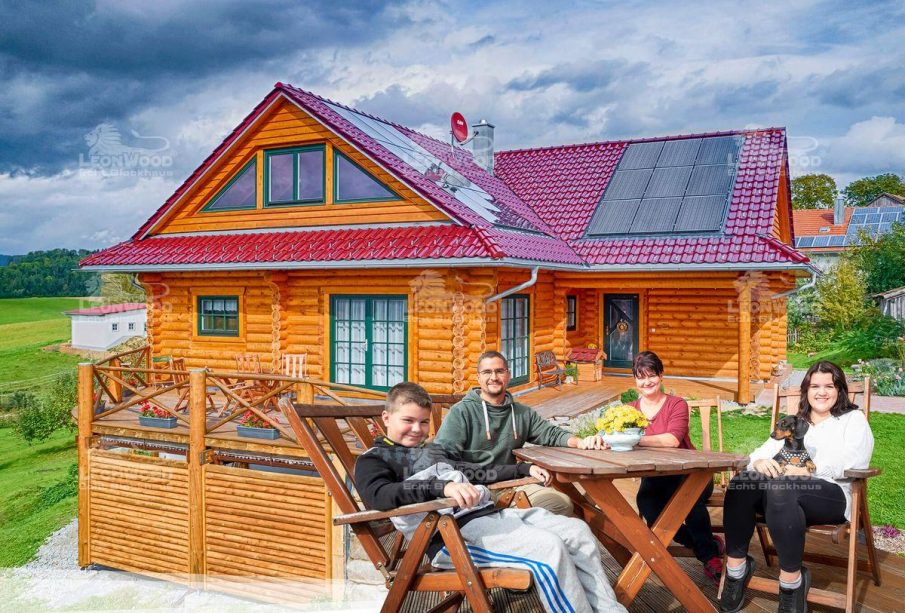Canada: Celebrating Diversity and Economic Resilience

Introduction
Canada, the second-largest country in the world by total area, is renowned for its stunning landscapes, vibrant multicultural society, and robust economy. As the nation continues to navigate through various global challenges, understanding its cultural and economic landscape becomes increasingly relevant for both residents and international observers.
The Diversity of Canada
Canada is celebrated for its rich cultural mosaic. The country is home to over 38 million people, with a significant percentage being immigrants from various parts of the world. Edmonton recently reported that more than one-third of its population identifies as a visible minority, a trend echoed in cities across the nation. This diversity is not just a demographic statistic; it enriches Canada’s social fabric, contributing to innovative ideas and perspectives.
Economic Landscape
The Canadian economy is one of the largest in the world, characterized by a healthy balance of resource-based industries and high-tech sectors. In recent reports, Canada has seen a resurgence in its job market, with the employment rate reaching a record high of 65% as of September 2023. Key sectors driving this growth include technology, healthcare, and green energy, aligning with global trends towards sustainability. The government has introduced various initiatives to boost clean technology, fostering innovation while addressing climate change.
Challenges and Opportunities
While Canada’s economy shines, it is not without challenges. The nation is grappling with rising costs of living, particularly in urban areas like Toronto and Vancouver, where housing prices have skyrocketed in the last decade. The federal government is currently reviewing its housing policies to provide more affordable options for citizens. Additionally, the recent influx of refugees has raised discussions about integration and resources, leading to community efforts to ensure a smooth transition for newcomers.
Conclusion
Canada’s unique blend of cultural diversity and economic opportunity positions it as a significant player on the world stage. As the country looks forward, its focus on innovation, sustainability, and inclusivity will likely shape its identity and influence. For residents and observers alike, understanding Canada’s evolving landscape is crucial, not only for appreciating its current achievements but also for anticipating future developments that will hold both challenges and opportunities.









